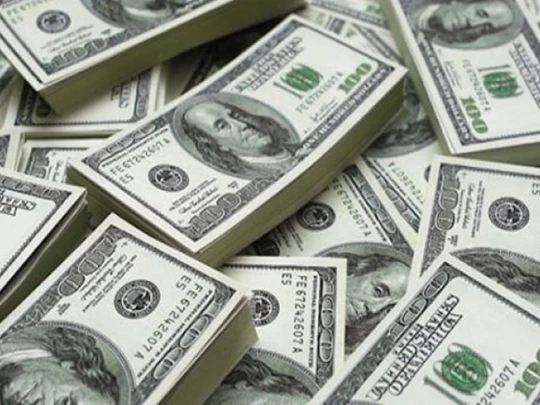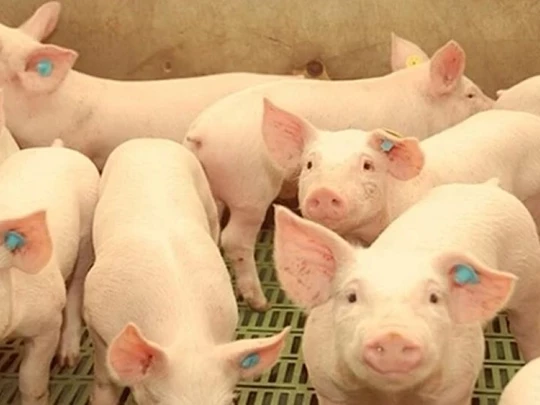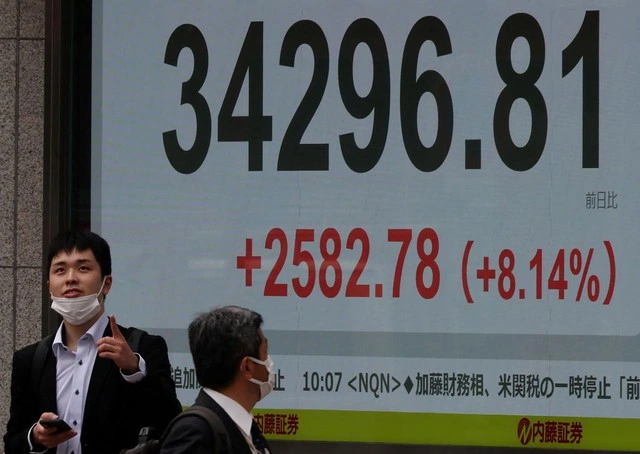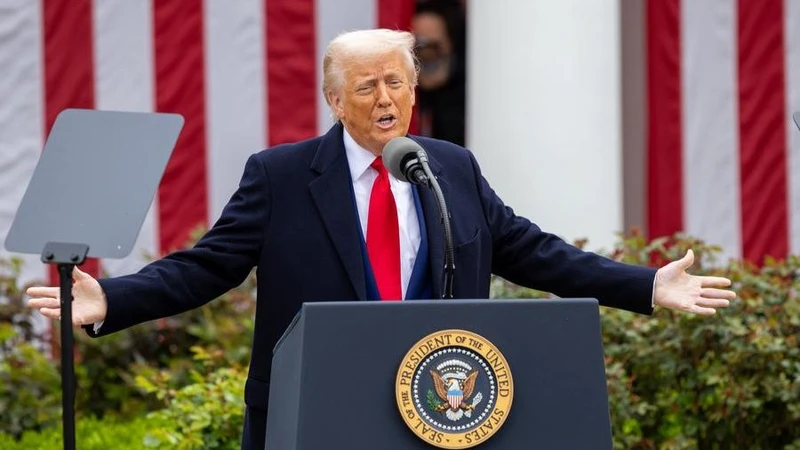In the context of the US employment and inflation situation cooling down, the US Federal Reserve (FED) cut interest rates by 0.5%, starting a cycle of easing monetary policy.
Can be cut further
According to CNBC News, this is the first interest rate cut by the FED since 2020. The FED chose to cut the reference rate (0.5%) to the range of 4.75% - 5% based on progress in inflation and risk balance. FED policymakers forecast that the interest rate will continue to decrease by 0.5% later this year, another 1% in 2025 and another 0.5% in 2026 to bring the benchmark interest rate to the range of 2.75% - 3%.
Experts said the Fed has gained more confidence that inflation is progressing steadily toward 2%. The agency also said it would be ready to adjust the monetary policy stance in case risks arise that could hinder the achievement of the Fed's goals, noting the two sides of the dual mandate of price stability and maximum employment. Fed policymakers forecast that interest rates will likely continue to decrease by 0.5% later this year, another 1% in 2025 and another 0.5% in 2026 to bring the benchmark interest rate to the range of 2.75% - 3%. According to the Fed, the US market's job growth has recently slowed but the data is still positive. Meanwhile, retail sales and industrial production in August exceeded forecasts.

This Fed policy meeting is the last before US voters go to the polls for the presidential election on November 5. Major stock indexes in the US market closed with slight losses, gold prices jumped and then plummeted immediately after, and the US dollar rose after the Fed's decision.
Impact on consumers
Experts say the Fed’s rate cut will help alleviate some of the financial pressure that consumers have been feeling over the past two years due to inflation. But how will this policy rate cut specifically impact the US economy and consumers?
Lower policy rates will help reduce borrowing costs, making it easier for businesses and households to spend, while average wage growth is now outpacing prices as inflation has cooled significantly, the Financial Times reported. The consumer price index has fallen to 2.5% from a peak of more than 9% in mid-2022, while the unemployment rate, which has recently risen to 4.2%, remains low compared to its long-term average.
However, lowering the policy rate will hurt consumer savings. Banks have been raising rates on high-yield savings accounts and certificates of deposit as the Fed raised its benchmark rate. But as soon as the Fed signaled a rate cut, those banks lowered their savings rates and are likely to cut further after the Fed’s latest decision. In the long run, lower interest rates tend to boost the broader stock market as investors take on more risk as yields on safe assets like government bonds fall.
Policymakers say the Fed’s rate cut won’t make much of a difference in the short term. But in the long run, lower borrowing costs will be passed on to the housing market, encouraging builders to increase supply and prompting homeowners to consider selling.
THANH HANG synthesis
Source: https://www.sggp.org.vn/tac-dong-tu-viec-fed-cat-giam-lai-suat-post759822.html




![[Photo] Unique folk games at Chuong Village Festival](https://vstatic.vietnam.vn/vietnam/resource/IMAGE/2025/4/10/cff805a06fdd443b9474c017f98075a4)

![[Photo] Opening of the 11th Conference of the 13th Party Central Committee](https://vstatic.vietnam.vn/vietnam/resource/IMAGE/2025/4/10/f9e717b67de343d7b687cb419c0829a2)
![[Photo] April Festival in Can Tho City](https://vstatic.vietnam.vn/vietnam/resource/IMAGE/2025/4/10/bf5ae82870e648fabfbcc93a25b481ea)
























































































Comment (0)